PsychNewsDaily Publishers
100 Summit Drive
Burlington, MA, 01803
Telephone: (320) 349-2484
PsychNewsDaily Publishers
100 Summit Drive
Burlington, MA, 01803
Telephone: (320) 349-2484
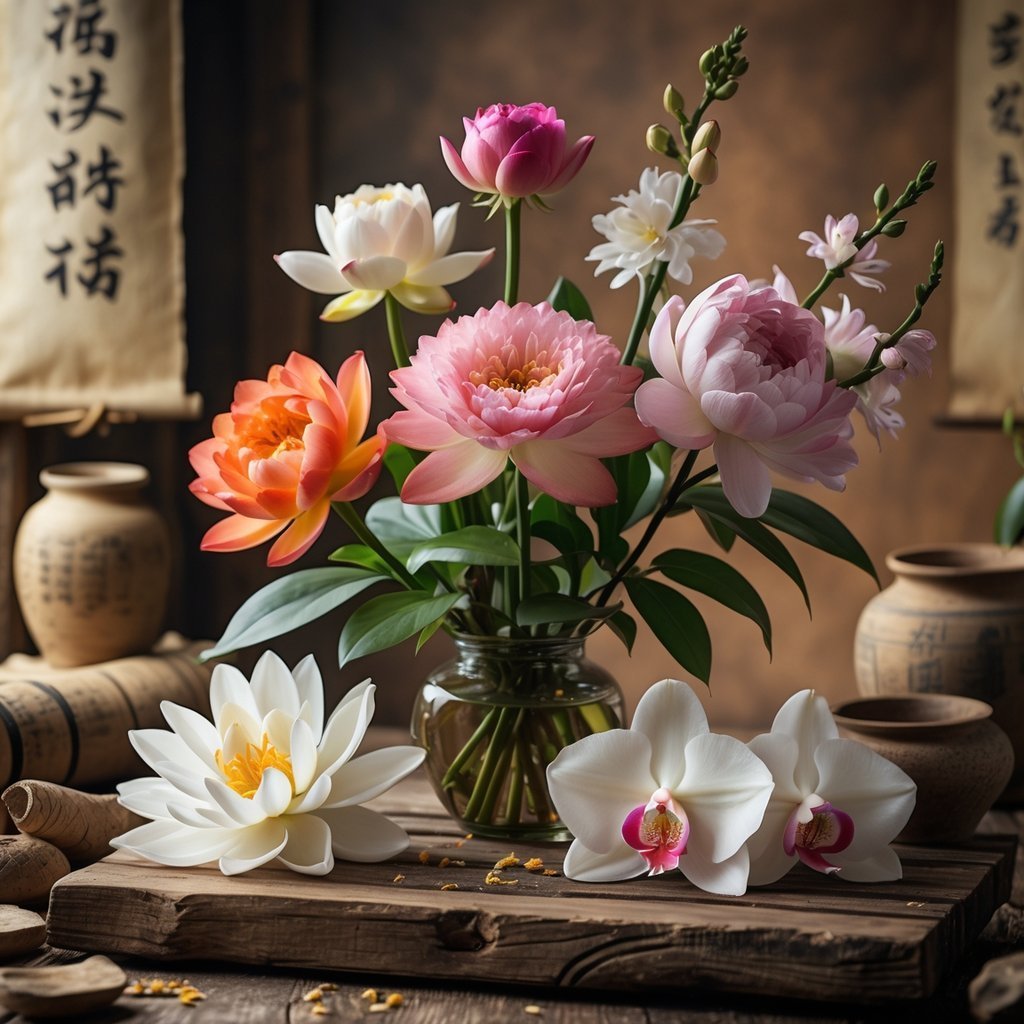
Flowers have woven themselves into human stories for thousands of years. A lot of ancient flowers carry special meanings and legends that people have passed down through generations.
These stories tie us to history and the cultures that cherished these blooms.
You’ll find that these 7 ancient flowers still inspire people today because of their rich stories and symbolic meanings. Learning about their legends might just give you a new appreciation for the beauty and history behind each bloom.
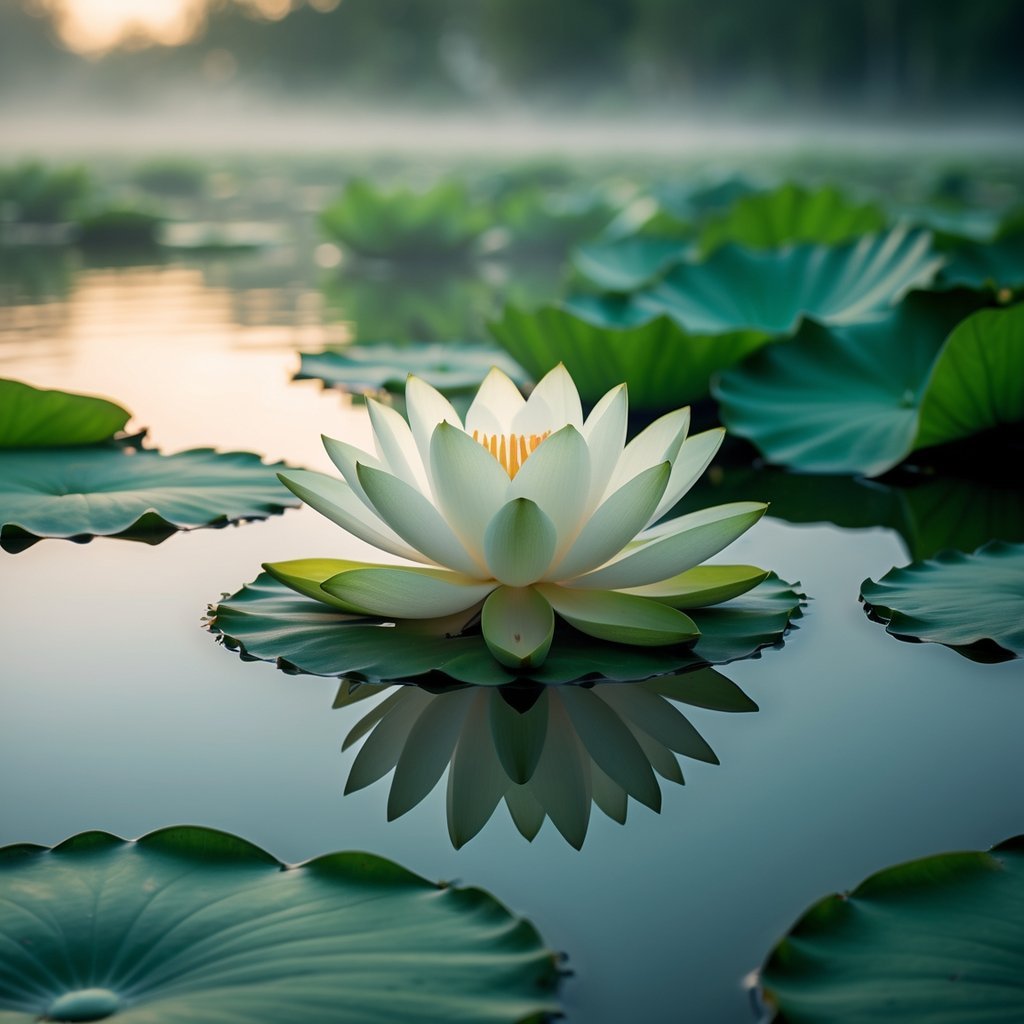
When you see a lotus flower, you’re looking at a symbol of purity and spiritual growth. It pushes up through muddy water but somehow blooms clean and bright.
This really shows how you can rise above tough times, doesn’t it?
Many old cultures like ancient Egypt, India, and Greece cherished the lotus. In Egypt, people saw it as a sign of rebirth and the sun.
In Hinduism and Buddhism, it stands for spiritual awakening and beauty.
You’ll spot lotus designs in art and temples, reminding people about new beginnings and strength.
The flower’s knack for blooming in hard places makes it a powerful image for anyone searching for hope or peace.
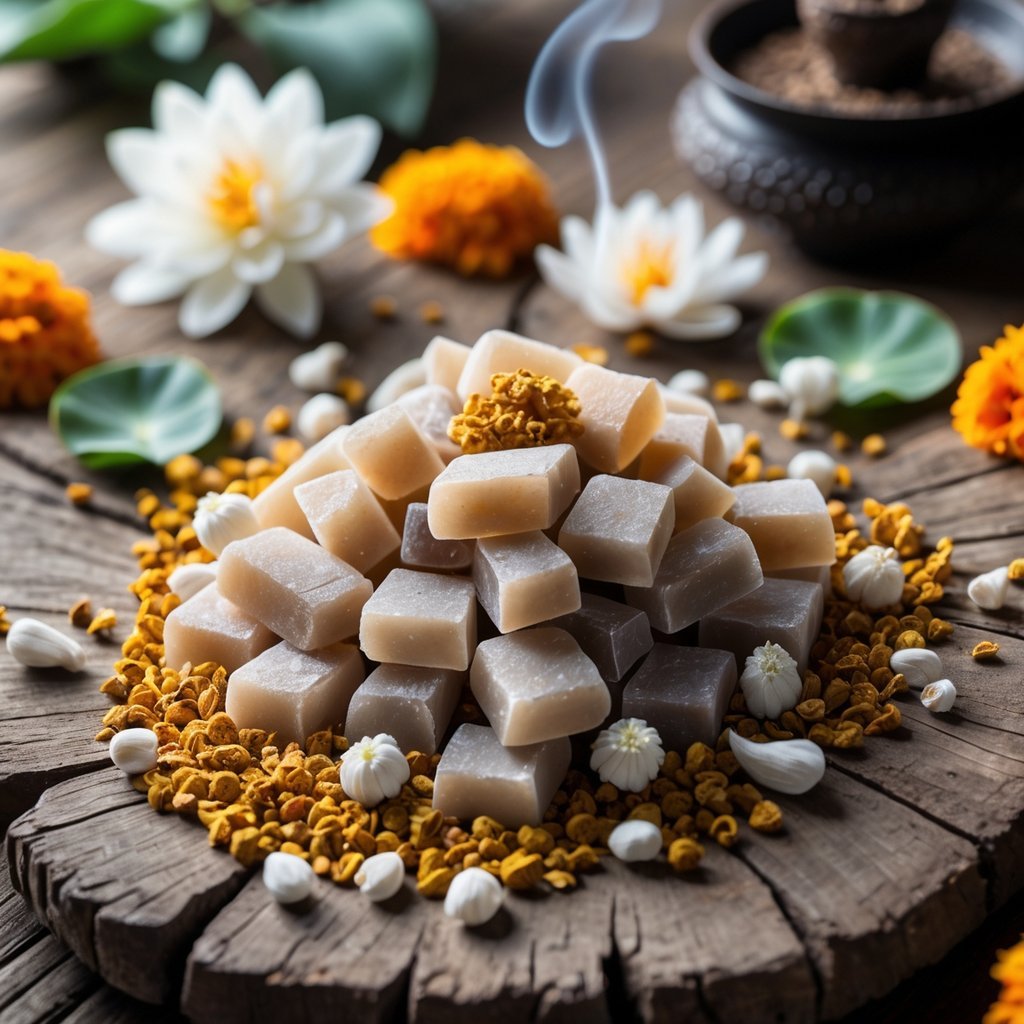
Frankincense comes from the Boswellia tree as a resin. People have used it for thousands of years, especially for religious ceremonies.
Its rich, calming aroma helps create a peaceful atmosphere.
Burning frankincense as incense can enhance meditation or prayer time. Many believe it clears your mind and brings spiritual focus.
Frankincense also carries a reputation for healing. People have used it to ease discomfort and support wellness.
Using frankincense can feel like a gentle way to care for both body and spirit.
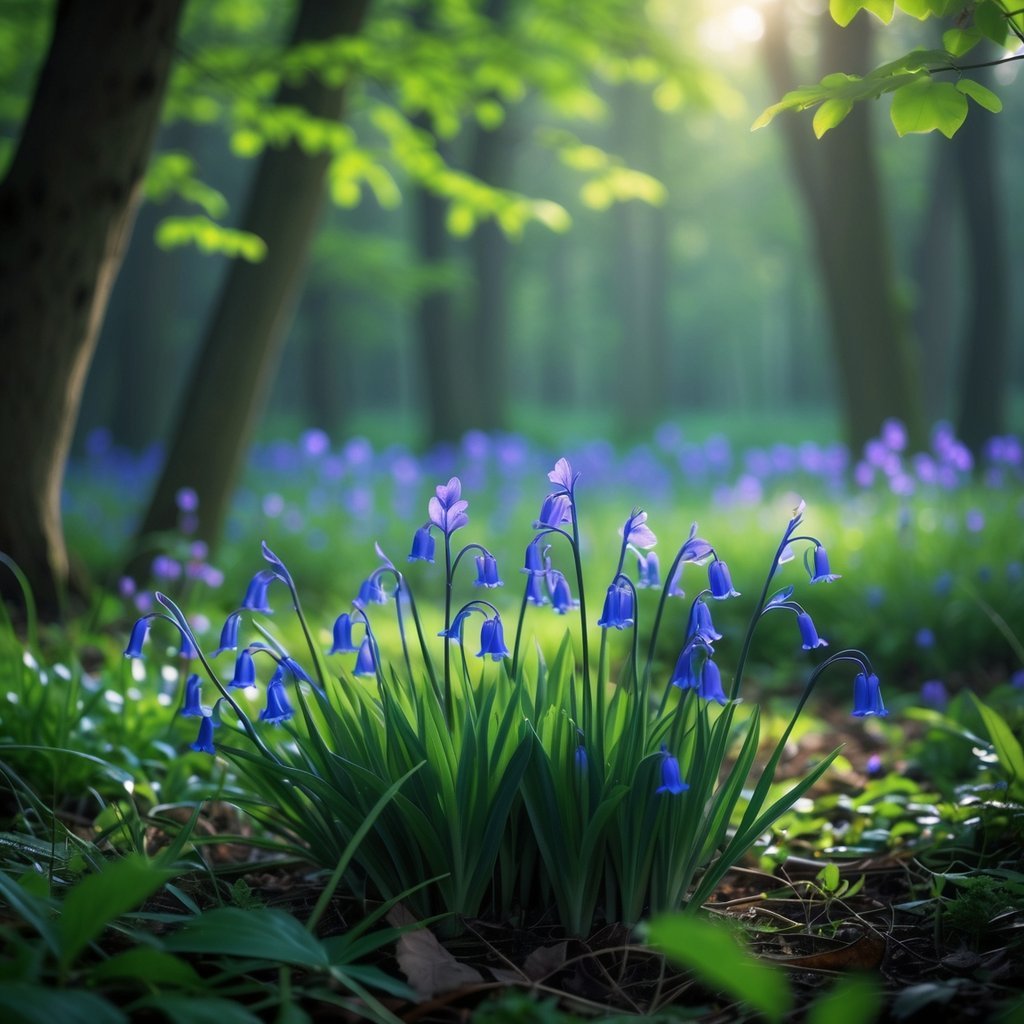
Walking through a bluebell wood feels like stepping into a place full of old stories and magic. People once believed these flowers could bring you close to woodland spirits and fairies.
The bell-shaped blooms supposedly rang when fairies gathered, making bluebell woods feel enchanted and mysterious.
If you spot bluebells in spring, it’s a sign the forest is alive with hidden messages. Some folks even say bluebells can protect you from bad dreams if you keep them near your bed.
Their soft blue color always brings a sense of wonder. These flowers keep alive a special connection to nature’s secret world and stories that have lasted for centuries.
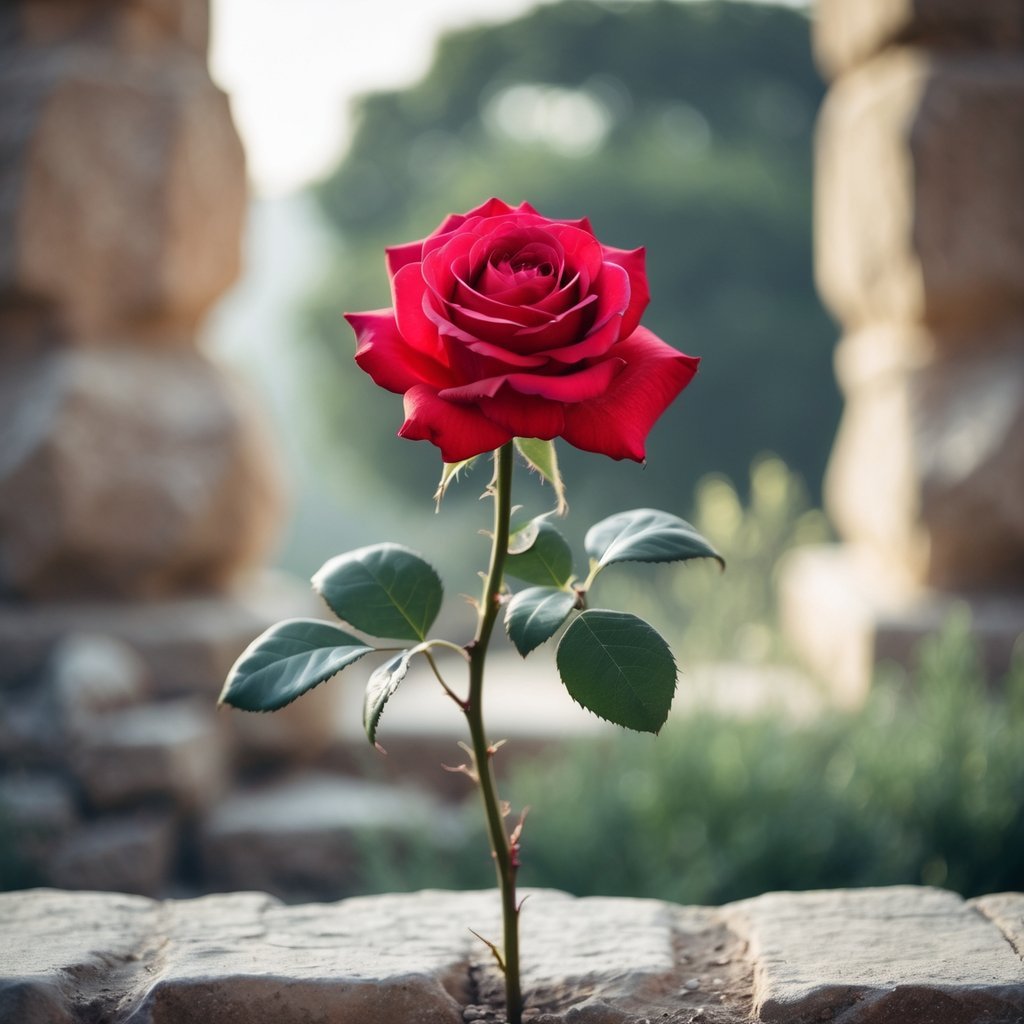
You probably already know roses symbolize love and beauty. This idea comes straight from Greek and Roman stories, where roses got linked to goddesses like Aphrodite and Venus.
Aphrodite, the goddess of love, often appears with roses, showing off her power and charm.
In one tale, roses sprang up from Aphrodite’s tears and the blood of her lover, Adonis. That’s a pretty dramatic link between love and the flower.
Romans also honored Venus, their goddess of love and beauty, with roses.
When you see a red rose today, it still carries those old meanings of passion and beauty. Roses have stayed special symbols of love for thousands of years.
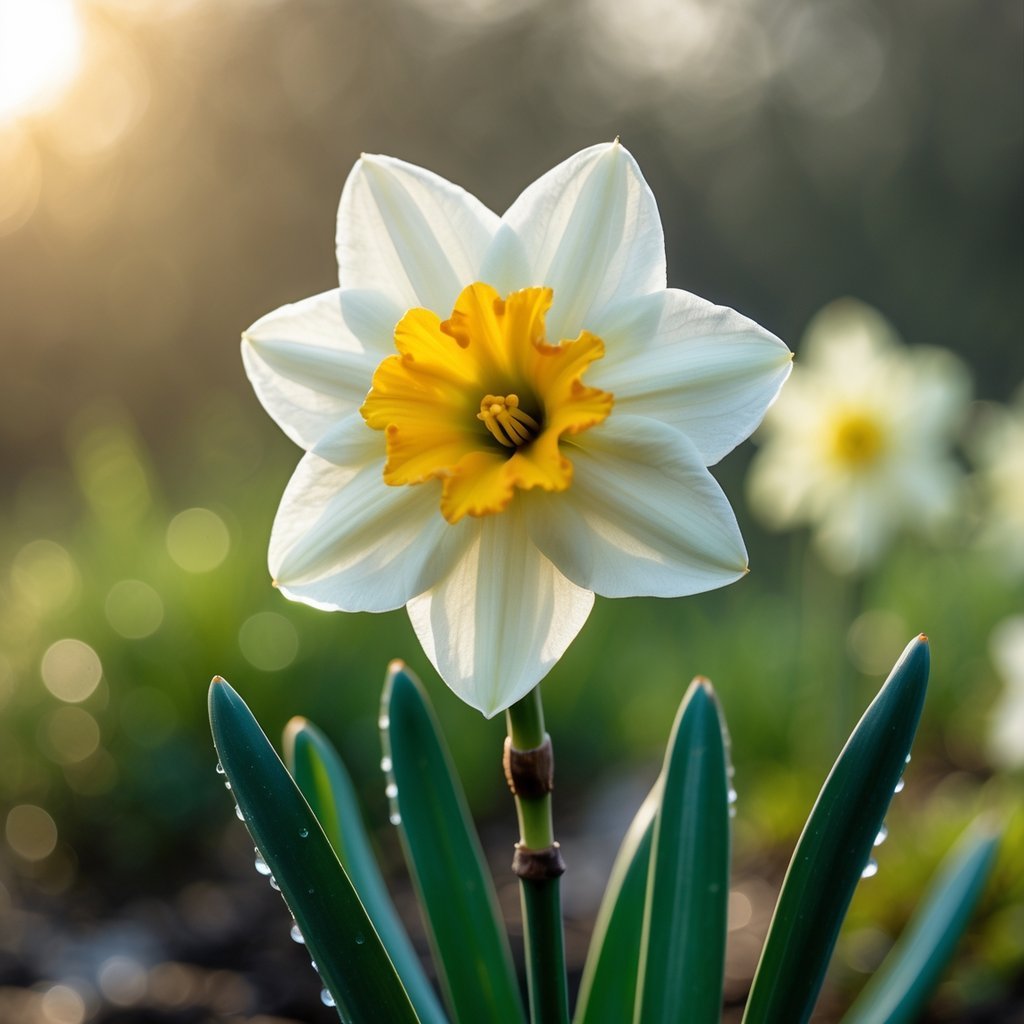
Narcissus comes from Greek myth—a figure famous for his great beauty. Many people admired him, but he didn’t return their feelings.
One day, Narcissus spotted his own reflection in a pool of water. He fell in love with the image, not realizing it was just himself.
This obsession led to his downfall, honestly a bit tragic.
The story warns about focusing too much on yourself. Narcissus’ tale shows what happens when self-love turns into self-obsession.
The narcissus flower grew where he died, and today, it reminds us of both beauty and the risks of vanity.
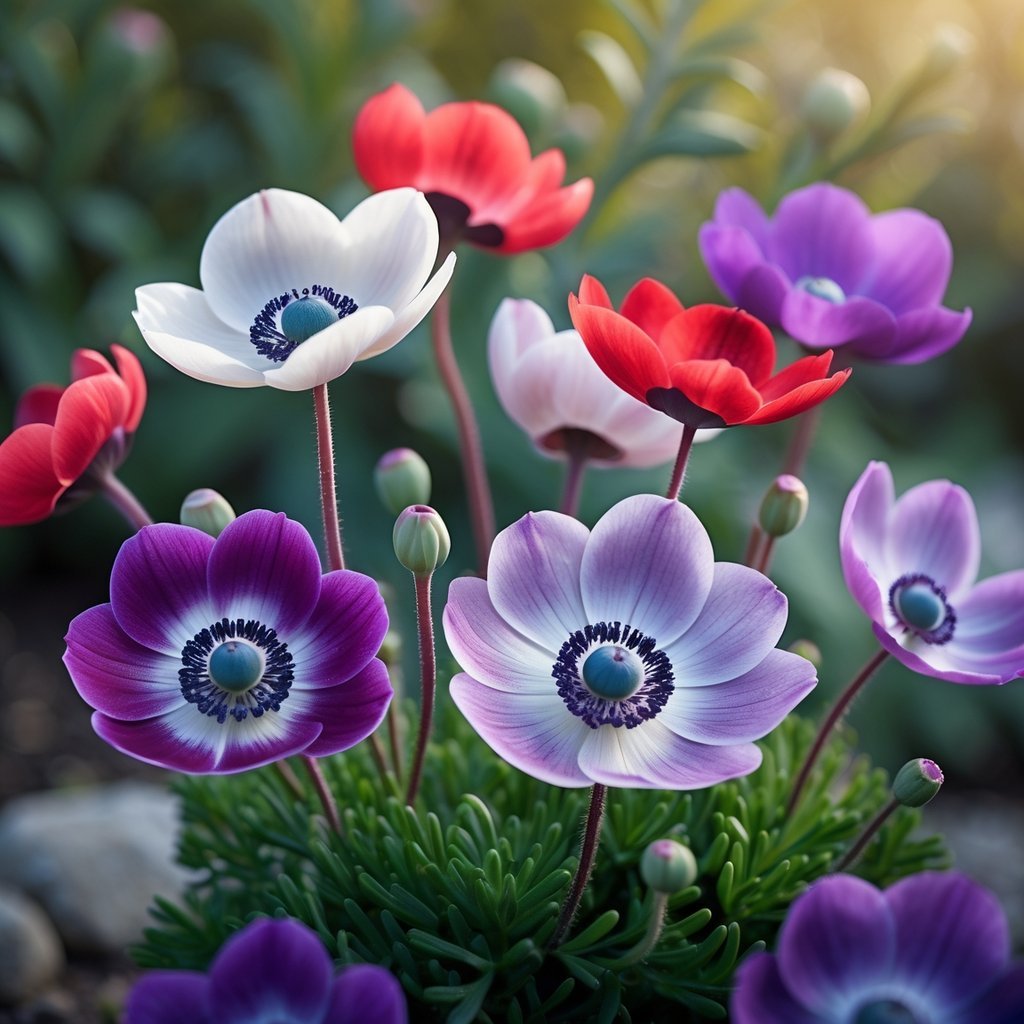
The anemone is a flower loaded with meaning. In many stories, it stands for protection, keeping people safe from harm.
Long ago, folks believed it could guard against bad spirits.
You might also see the anemone as a symbol of anticipation. It nudges you to cherish moments before they happen and hold onto hope for what’s next.
This flower connects to ancient myths, like the tale of Adonis and Aphrodite.
The anemone’s bright colors and deep feelings make it a flower that’s hard to forget.
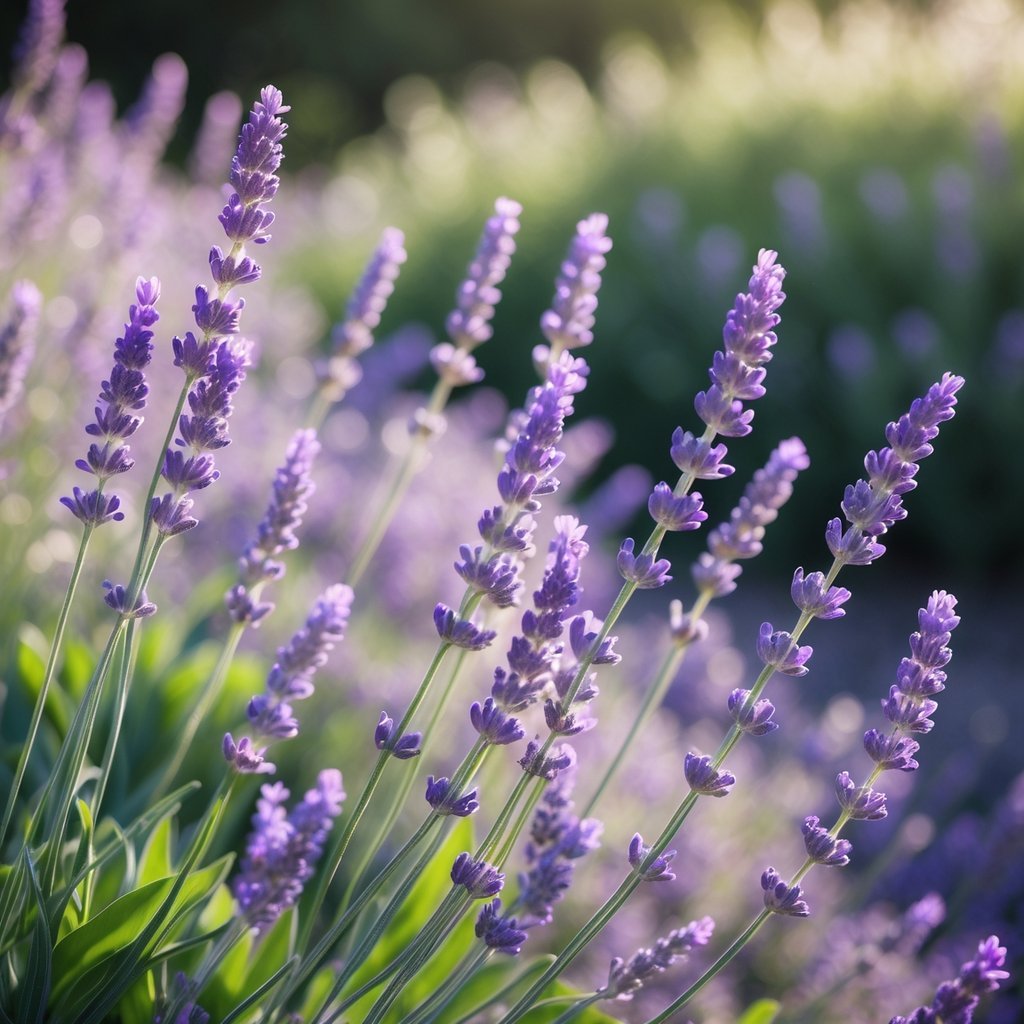
Most folks recognize lavender by its soft purple color and that unmistakable sweet scent.
People have turned to lavender for centuries to calm their minds and bodies. Its soothing aroma just seems to bring a sense of peace.
Healers and doctors used lavender oil long ago for cuts, burns, and even insect bites. They trusted its natural antibacterial powers.
Old legends say lavender could ward off negative energy. Some cultures believed that blue-purple shade linked it to higher spiritual forces.
When you breathe in lavender’s scent, you’re joining a tradition that stretches back thousands of years. There’s something about its gentle magic that still inspires people today.